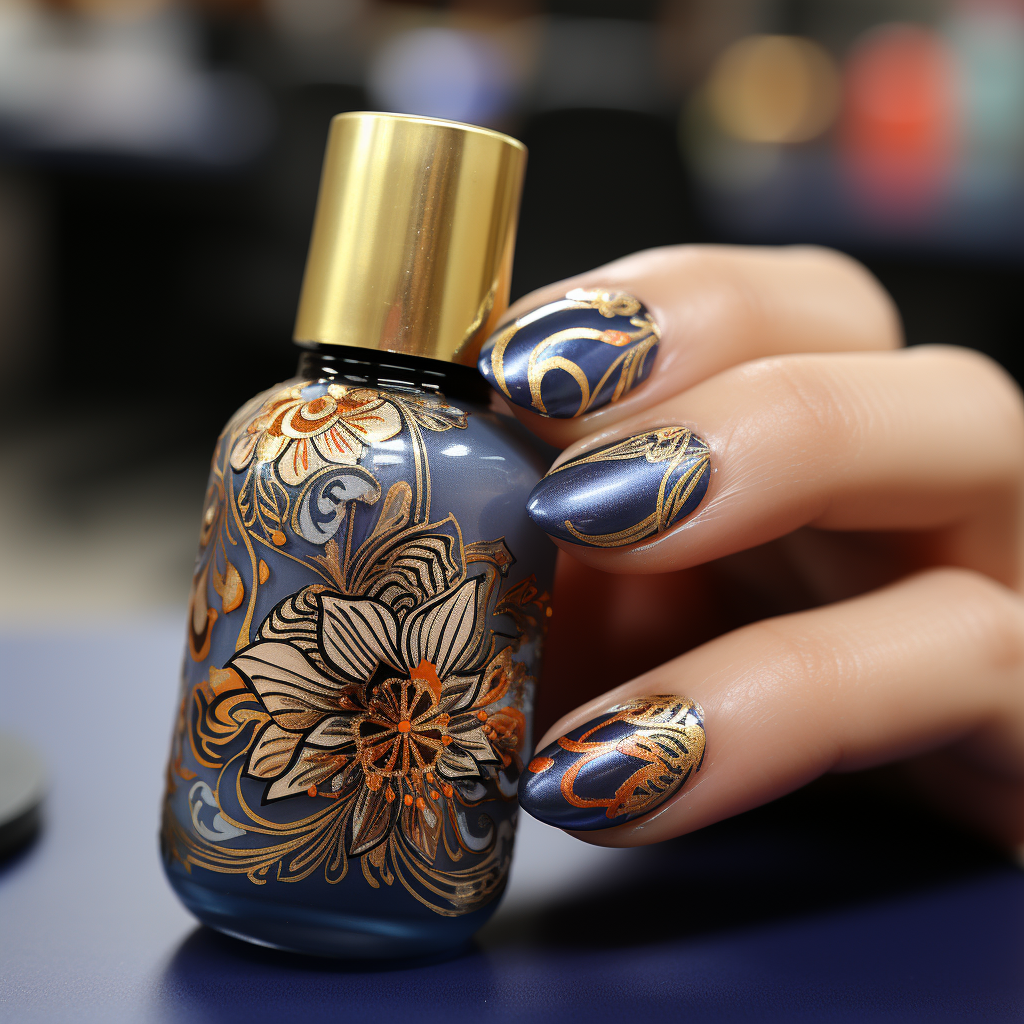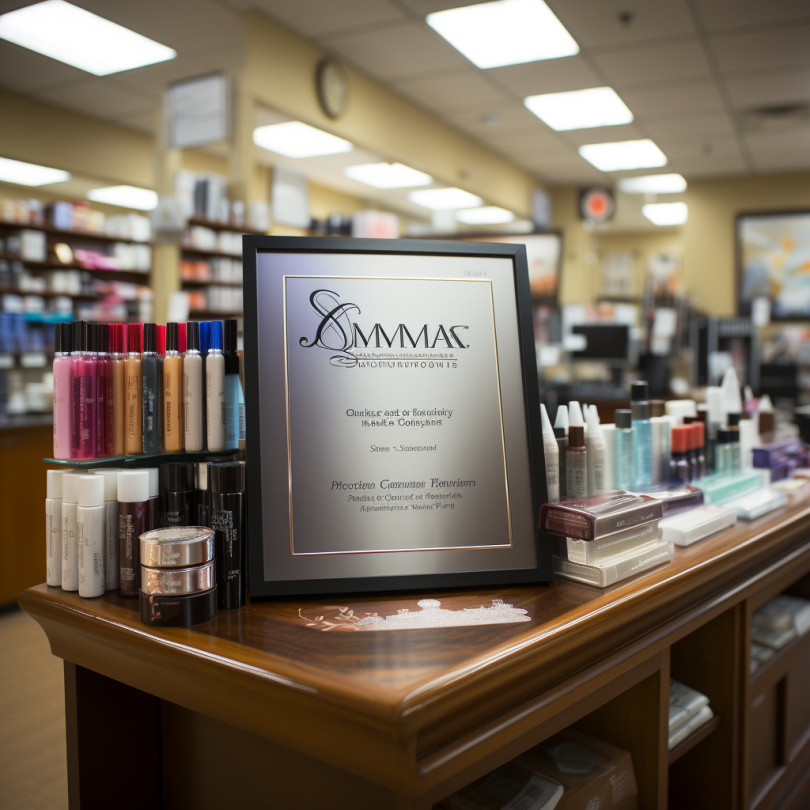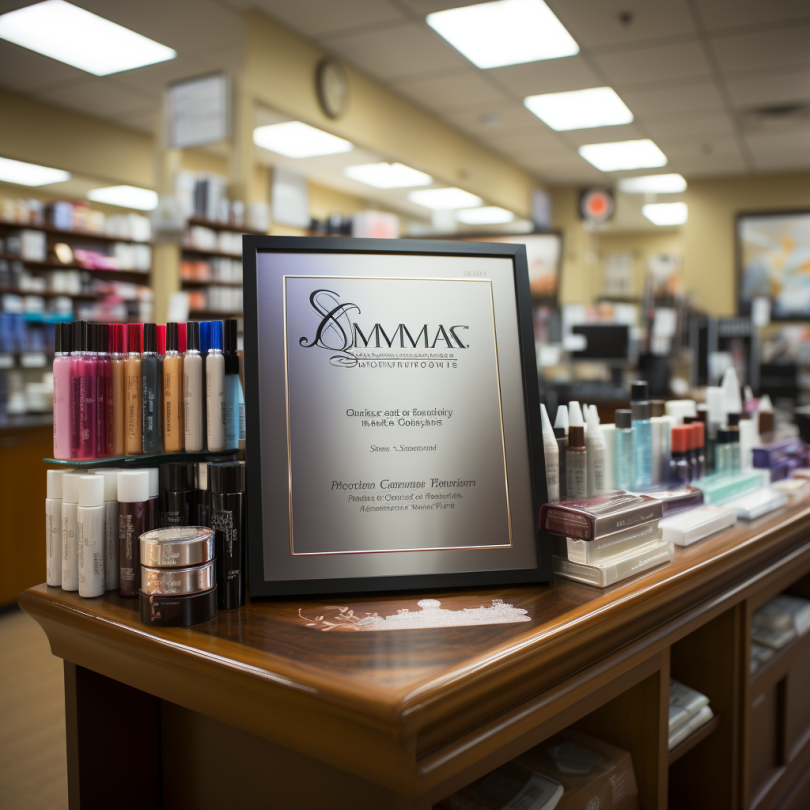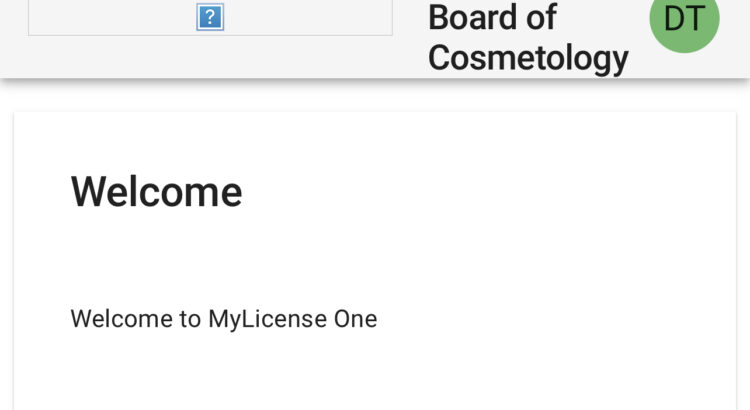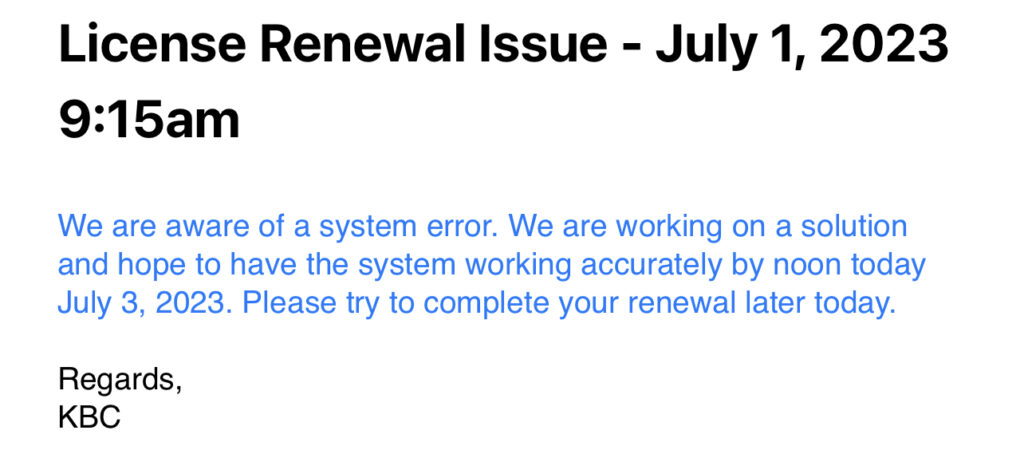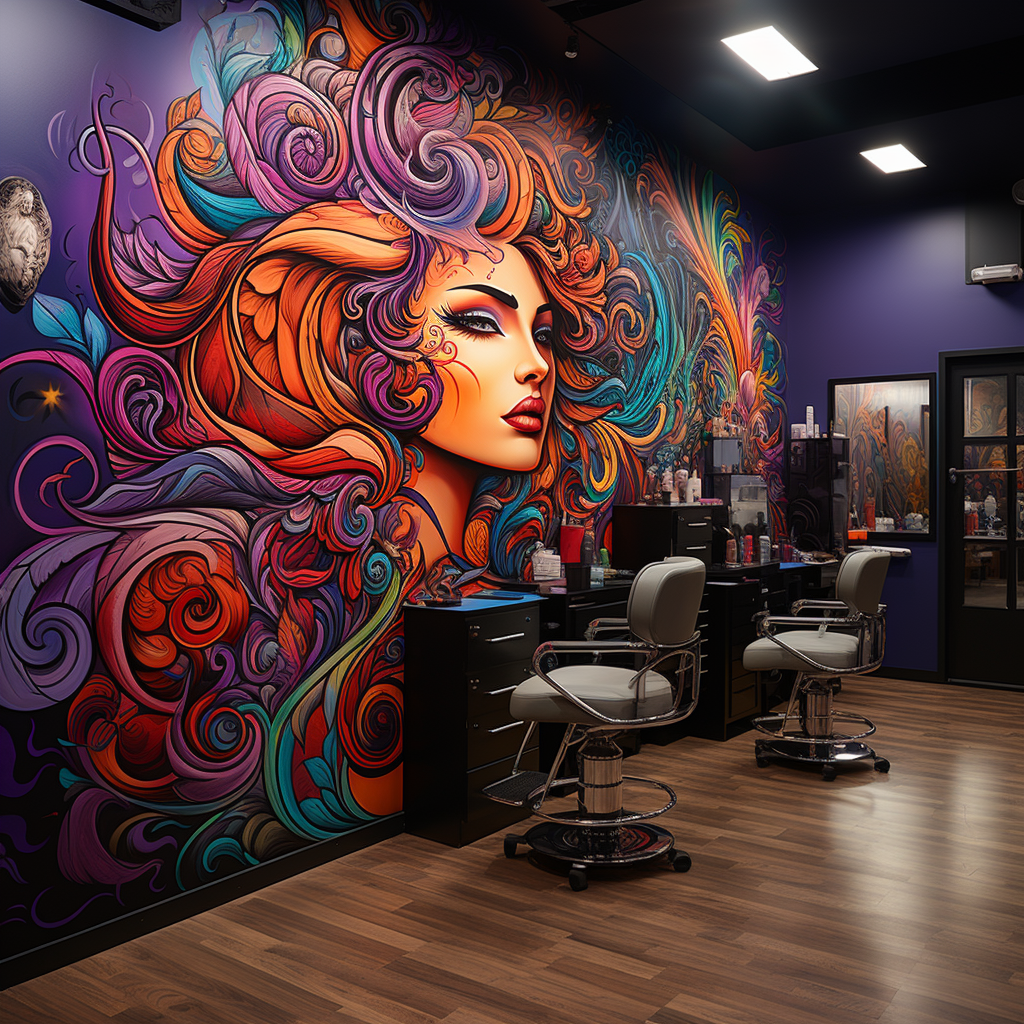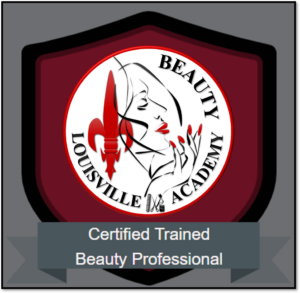A well-known mantra in self-help circles states, “If you know you’ve got to do something, do it quick and NOW, because your emotion and excuses will talk you out of it.” We tend to put off pursuing our dreams and aspirations for another day, that elusive ‘tomorrow.’ But here’s the reality check: that ‘tomorrow’ may never come unless you seize the moment NOW.
In the world of beauty and wellness, many have dreams of becoming professionals, licensed to work in high-end salons, earning good money while doing what they truly love. How many times have you told yourself, “I want to be a beauty professional,” but then followed it up with, “but not right now”?
You’re not alone in this, and it’s not entirely your fault. Our emotions and preconceived notions often act as barriers, leading us to create excuses and postpone our dreams. But it’s time to change that narrative, and the Louisville Beauty Academy is here to help you make that transformation.

Louisville Beauty Academy, based in Kentucky, offers comprehensive courses in cosmetology, nail technology, aesthetics, and instructor licensing. The goal of the academy is to help passionate individuals like you transform their passion for beauty into a viable profession. It is a place where you can chase your dreams without letting your emotions or excuses get in the way.
And how do we do this? By making the journey to becoming a beauty professional as convenient and accessible as possible.
At Louisville Beauty Academy, we understand that everyone has unique needs and circumstances. That’s why we offer flexible schedules that allow you to study at your own pace. Whether you’re a working professional, a parent, or both, we ensure that our program fits into your lifestyle and not the other way around.
We also understand that financial commitments can often be a significant roadblock. That’s why we’ve implemented a flexible payment plan, where you can pay any amount monthly. With this plan, we aim to alleviate the financial stress associated with pursuing education and make our programs affordable for everyone. As the most economical beauty school in Kentucky, we firmly believe in offering top-notch education without breaking the bank.
The opportunity is here, and it’s real. With Louisville Beauty Academy, you can kick-start your journey to becoming a licensed beauty professional today. You can finally stop telling yourself, “I’ll do it someday,” and start saying, “I’m doing it now.”
So, let’s cast aside all the excuses and take the leap today. Enroll at Louisville Beauty Academy and step into a future where you are in control, a future where your dreams become your reality. Remember, the best time to start is always NOW.




